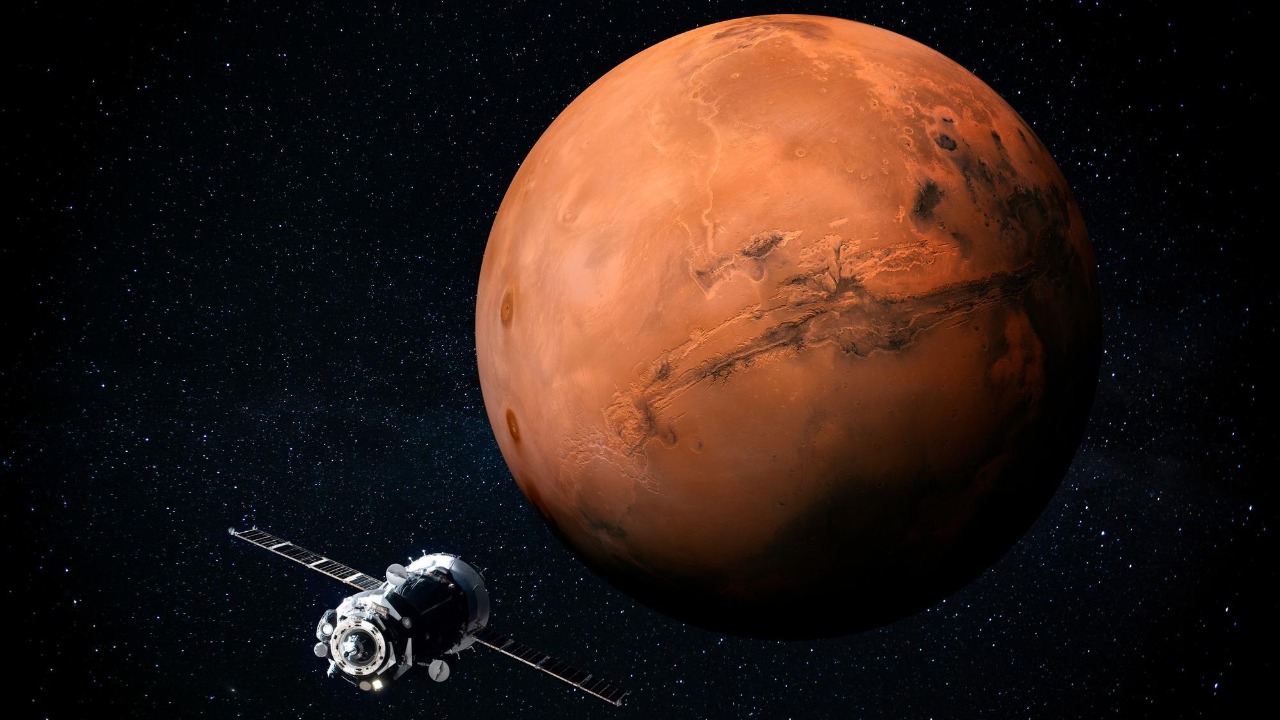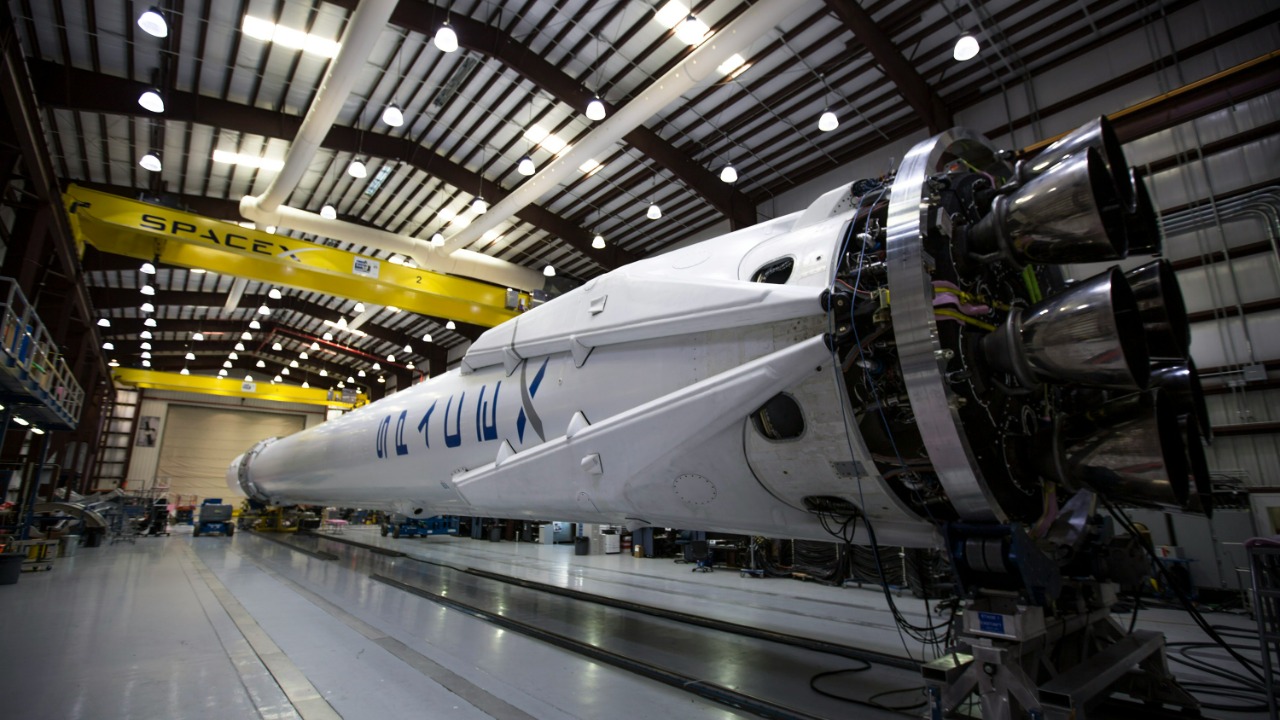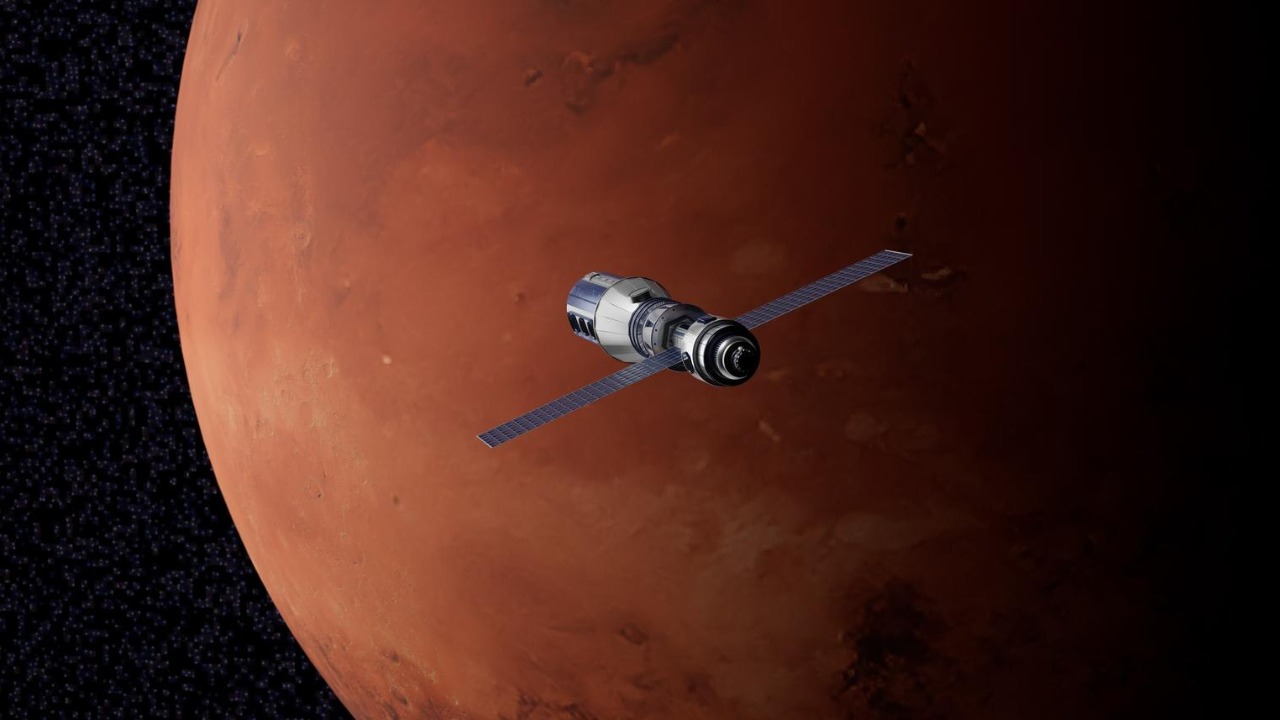
The race to Mars is heating up with China, SpaceX, and NASA all vying to be the first to land humans on the red planet. Each of these entities has its own strategies and challenges in this ambitious endeavor. The capabilities, plans, and potential roadblocks for each contender in the Mars race present a fascinating and complex picture of the future of space exploration.
The Players in the Mars Race

China’s ambitions in space have grown significantly in recent years, marked by several successful missions that have put the nation on the map as a formidable spacefaring power. With the launch of the Tianwen-1 mission, which successfully placed a rover, Zhurong, on the Martian surface, China has demonstrated its commitment and capability in interplanetary exploration. This success follows a series of achievements, including the Chang’e lunar missions and the establishment of the Tiangong space station, showcasing China’s rapid technological advancements and strategic planning.
SpaceX, led by the visionary Elon Musk, represents the private sector’s most significant effort to reach Mars. The Starship program is central to SpaceX’s Martian ambitions, promising a fully reusable spacecraft capable of carrying large numbers of astronauts and cargo to the Red Planet. SpaceX’s aggressive timeline and innovative approach have set the company apart as a leader in the commercial space industry.
NASA, with its rich history of space exploration, continues to be a key player in the race to Mars. From the Apollo moon landings to the recent success of the Perseverance rover, NASA has a proven track record of achievement. The agency’s focus is now on the Artemis program, which aims to return humans to the Moon as a stepping stone for future Mars missions. With international collaborations and partnerships with commercial companies, NASA is leveraging its experience and resources to maintain its position in the space race.
China’s Mars Mission Strategy

China’s Mars mission strategy is driven by an ambitious timeline and significant investments in space technology. The country has outlined plans for a manned mission to Mars by the 2030s, building on the success of its robotic missions. The Chinese government has been instrumental in funding these endeavors, with a focus on developing advanced technologies such as nuclear-powered rockets and long-duration space habitats.
Partnerships with other countries and organizations further bolster China’s space program. Collaborations with Russia and the European Space Agency have provided valuable expertise and resources, enhancing China’s capabilities in deep space exploration. However, the journey to Mars is fraught with challenges, including the need for robust life support systems, radiation protection, and sustainable propulsion technologies. Overcoming these hurdles will be crucial for China’s success in reaching the Red Planet.
SpaceX: The Private Sector Pioneer

The Starship program is at the heart of SpaceX’s Mars ambitions, aiming to revolutionize space travel with its fully reusable design. The spacecraft is intended to transport up to 100 people or large amounts of cargo to Mars, with the goal of establishing a self-sustaining colony. This ambitious vision is supported by SpaceX’s track record of innovation, including the development of reusable Falcon rockets that have significantly reduced the cost of launching payloads into space.
Despite its impressive achievements, SpaceX faces several financial and technical challenges in its quest to reach Mars. The development of Starship has been a costly endeavor, requiring substantial investment and resources. Technical hurdles, such as ensuring the spacecraft’s safety and reliability for long-duration missions, also present significant obstacles. Nonetheless, SpaceX’s determination and groundbreaking approach continue to inspire confidence in its ability to achieve its Martian goals.
NASA: The Traditional Powerhouse

NASA’s Artemis program is a critical component of the agency’s strategy for future Mars missions. By returning humans to the Moon, NASA aims to develop and test the technologies needed for long-duration space travel and establish a lunar base that could serve as a launch point for Martian expeditions. This approach leverages NASA’s extensive experience in human spaceflight and its ability to collaborate with international partners and commercial entities.
However, NASA’s plans are not without challenges. The agency faces budgetary constraints and political factors that can impact the timeline and scope of its Mars missions. Securing consistent funding and support from the U.S. government is essential for NASA to maintain its leadership in space exploration. Despite these challenges, NASA’s commitment to its goals and its ability to adapt to changing circumstances make it a formidable competitor in the race to Mars.
Comparative Analysis and Predictions

When comparing the technological capabilities and mission timelines of China, SpaceX, and NASA, each entity brings unique strengths and challenges to the table. China’s rapid advancements in space technology, supported by substantial government funding, position it as a strong contender. SpaceX, with its innovative approach and focus on cost-effective solutions, has the potential to outpace traditional space agencies. Meanwhile, NASA’s experience and collaborative approach provide a solid foundation for its Martian ambitions.
The potential for collaboration or competition among these three entities adds another layer of complexity to the Mars race. While competition can drive innovation and progress, collaboration could accelerate the timeline for reaching Mars by combining resources and expertise. Experts in the field have varying predictions on who might reach Mars first. Factors such as technological breakthroughs, financial resources, and geopolitical considerations will play a crucial role in determining the outcome of this race.
Ultimately, the race to Mars is not just about who gets there first, but also about the potential for human exploration and settlement of another planet. Whether it is China, SpaceX, or NASA that leads the way, the journey to Mars will undoubtedly be a monumental achievement in the history of space exploration. As each entity navigates the challenges and opportunities ahead, the world watches with anticipation and excitement for the next giant leap in human spaceflight.